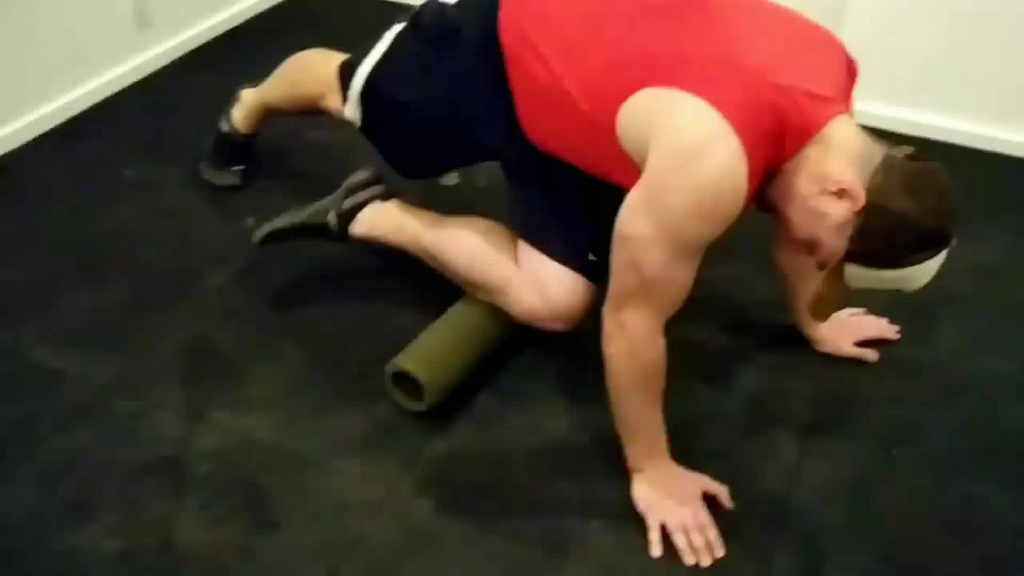Shin splints are a common overuse injury. They can occur from running or doing other high-impact activities for a long period of time or without adequate stretching. With runners, it’s often a case of “too much, too fast or too soon” or improper/worn out shoes. Shin splints are common in runners, dancers and other athletes like tennis players.
The term “shin splints” describes pain felt along the front or side of your leg and shinbone between your knee and ankle – what’s known medically as medial tibial stress syndrome (MTSS).
There are two primary causes for shin splints – when you overwork the muscles, tendons and bone tissue in the leg by repetitive activity without rest; and by a change in intensity or duration of your physical activity.
How to get rid of them:
- Decrease or stop doing the activity that caused the shin splints. You don’t have to stop training completely, just reduce the length or type of training that aggravated the pain for 2-6 weeks.
- Shin Stretch: Sit on your feet with the top of your foot and legs flat against the floor and lean back to increase the shin stretch.
- Toe Pull Backs: Sit with legs together, straight out in front of your body. Use a slow controlled motion to pull your toes back towards your torso. Use a towel if you want to increase the stretch.
- Achilles Stretch: Place the ball of your foot onto a stair and allow your heel to drop down. Repeat 5 times per leg.
- Foam Rolling: Get on your hands and knees with the foam roller under your shins and roll it back and forth on your shins.
- Ice massage: Fill paper cups with water and freeze. Tear off the top part of the paper cup to expose the ice and massage into shins for at least five minutes. Repeat 3 times a day until numb.
When in doubt RICE – rest, ice, compression and elevation. Wearing compression socks and elevating your legs when possible will also help reduce inflammation.
How can you prevent shin splints from happening?
- If you’re a runner, have your stride observed at a running store. They can help you get a shoe that matches your foot structure and stride.
- Follow the 10 percent rule:Runners, never up your weekly mileage by more than 10 percent.
- Strengthen your hips and core to make you a stronger runner, improving your foot stride and body mechanics.
- Wear properly fitted and appropriate athletic shoes for your sport.
- Get new shoes: If you’re a runner, you should get new shoes every 350 to 500 miles of wear.
- Cross train. Try breaking up your normal routine by incorporating other sports into your training such as biking, swimming, or even yoga a few times a week.
If you’ve ever had shin splints you know that temporary pain relief and permanent relief are two very different things. Contact me today and I can help you come up with a training plan to prevent the onset of shin splints in the future.
Train Right, Tri Right!
Coach MJ







